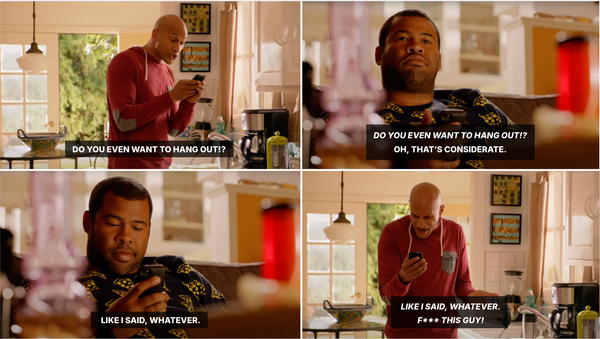“We’re not ready for change” and other lies we tell ourselves
Timing the market is risky. Act now and continuously invest in organizational change to seize growth opportunities and build momentum. Start small and watch your team's performance compound over time.

We’ve all heard it before: you can’t time the market.
"Buy low, sell high!" Great on paper, risky in concept, nearly impossible in execution. And we also know that attempting to time the market mostly results in missed opportunities. This leads to a smaller portfolio over time, which leads to more personal anxiety. And anxiety pulls investors out of the market.
It’s a vicious cycle.
The alternative is to get in the market immediately and stay in the market. Continuously investing regardless of the various movements of the stock market means you’re less likely to miss out on the best days of growth. Missing just five of the market’s best days over the last 20 years resulted in $14,000 in missed returns (based on $10,000 in initial investment).

So the best time to invest is…yesterday. The second best time: now.
The exact same principle applies to organizational change, and it’s especially applicable to marketers and their departments.
We hear the following from marketing leaders:
- We don’t move quickly enough to respond to changing conditions
- We’re not customer-focused enough
- We don’t have the right people
- We’re not creative enough/not inventing the way we used to
- We spend too much time on reviews and handoffs and not enough on the work
(AKA: we’re not doing as well as we’d like.)
And at the same time, we’re hearing:
- We’re not ready to change – we need to plan more
- We’ve already changed too much
(AKA: this just isn’t the time to invest.)
Waiting for the right time to start the change means missing out on opportunities to grow the brand in ways only high-performing teams can pull off. (That is, in the chart below, the uplifts will be smaller and further apart.)

It means missing out on reactive opportunities on which great teams capitalize and laggard teams fail to even notice.
And it means missing out on hiring great talent that want to join thriving organizations.
All of these phenomena operate in the same way as compounding interest. The longer you wait to invest in team performance, the less you’ll have when it matters most.
Here’s a quick mental model.
Imagine a situation where a team gets just a little bit worse every day. Nothing noticeable – just a 1% performance decline. A slower meeting. A failed decision. A few instances of, “whose job is this?” A day that goes by full of meetings, but with no real deep work (except a few hours stolen from family in the evening).
That team will be just 3% of its original “self” at the end of a year.

Now imagine another team that does the opposite: it gets just a little bit better every day. Its 1% daily improvement is similarly almost unnoticeable. It’s a day where most of the meetings have a clear agenda. It’s a moment the team uses a simple, shared process, rather than inventing a new one. It’s an intentional search for the right person for the job internally before taking it on yourself. (The list goes on. In fact, we’ll write more about this another time!)
Without a change to a single person or a lucky invention here or there, that team will be ~38x better than they were when they started the year.
Either get busy getting better, or figure out how to explain why you didn’t have time.
You: Okay, I agree with you. It sounds nice to “start by starting.” But what do I actually do? How do I make sure it doesn’t just turn into a mess of “everyone doing their own thing”?
Let’s start here: instead of focusing on timing the change, focus on the change itself. We know you know this already: “An object in motion stays in motion.” “The only constant is change.” But you’ve probably never actually been given the permission to operate this way.
Write down a list of the 3-5 most radical, important changes you could make to your organization. (Actually be radical. These should be things that have about a 50-50 chance of success. Not layups.)
Scale each down into something that would require a bit of coordination and collaboration with others or requires additional resources (time, energy, attention, money) to pull off.
Repeat the process, but with the goal to come up with a small, achievable action that you can do without asking anyone for permission. Meeting times. Zoom backgrounds. Agendas. Conversation topics. Small things you ask of your direct reports. Books you read. Emails you send.

So:
- Plan backward from big changes that feel impossible.
- Keep going until you have something you can do immediately.
- Do those things.
- Watch how much easier it becomes to do the next hard thing.
- Repeat!





